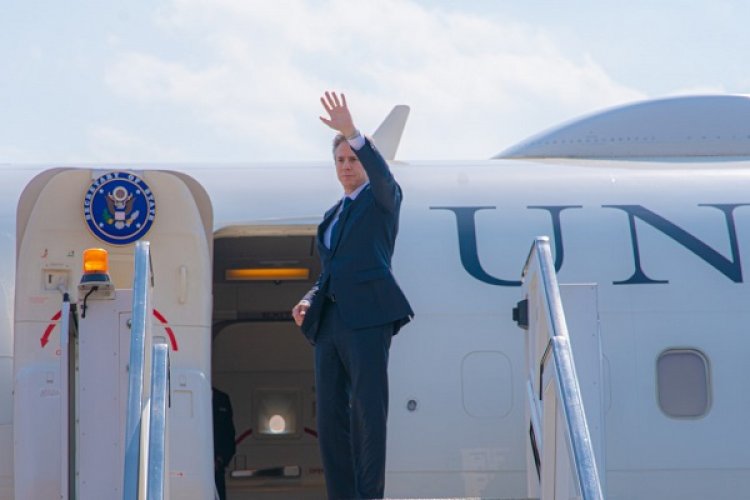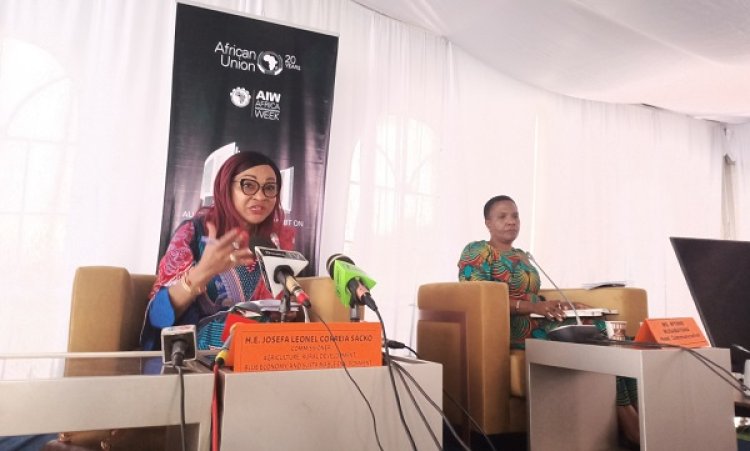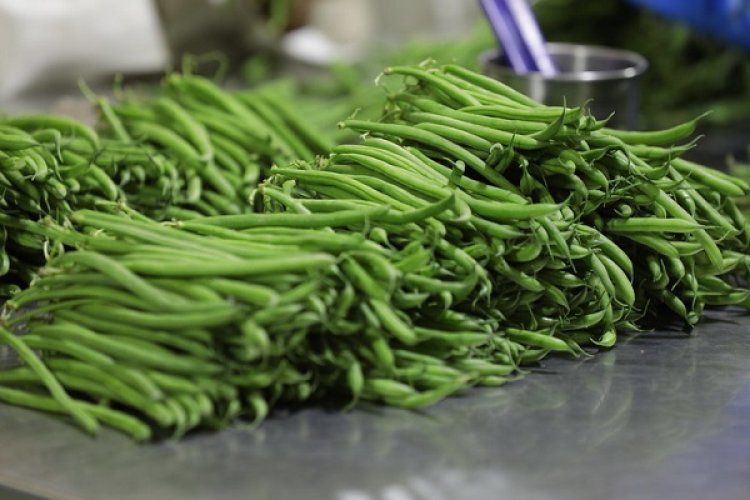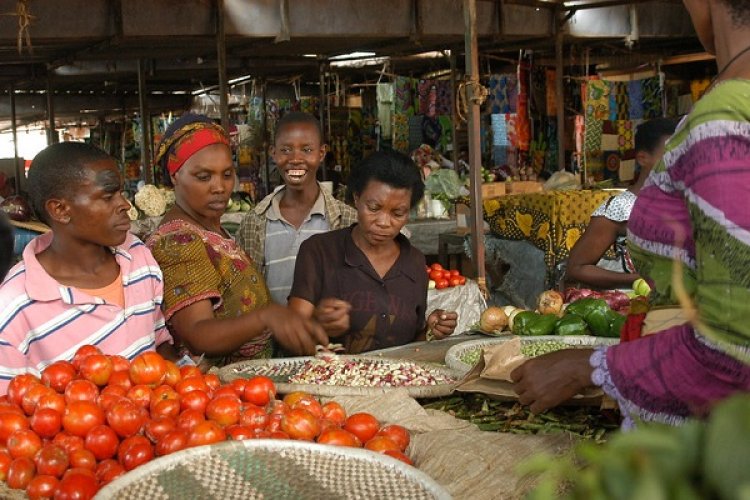The ongoing Russia-Ukraine crisis entered its second calendar year weeks ago and it continues to foment hardships into daily lives of consumers across countries on the African continent as efficiency of measures instituted by governments to curb the resultant effects on food supply face litmus test.
For a continent whose food import bill grew to more than $45 billion annually despite possessing 60 per cent of the world’s uncultivated fertile land and a youthful workforce, it was a matter of time it would be hit the hardest by the global supply disruptions initially blamed on Covid-19 pandemic and since exacerbated by the war.
Very few countries on the continent, if any, were caught with food reserves to cushion consumers for the bare minimum time as global trade flow suffered with oil, gas and commodity prices fluctuating.
For the local crop and livestock production that rely heavily on imported input, fertilizer and other raw materials, the crisis since translated into high costs of production of everything food and manufactured goods, hurting consumers in the low income and poor bracket the most.
This has not only exposed the vulnerability of local food systems, but also left countries with little to show for years of pledged investment in the agriculture transformation to boost local supply of key food items and agriculture commodities.
Unmet pledges
Current food and nutrition crisis further highlights long-standing concerns over political leaders’ failure to honor commitments under Malabo Declaration, a 2014 instrument agreed on at continental level to invest at least 10 per cent of government spending to agriculture in a bid to eradicate hunger and poverty within a decade.
As things stand more than nine years later, only one country – Rwanda — was found to be on track to meet the targets by 2025. This is the verdict of the biennial review report published by the African Union (AU) in March 2022.
Three more countries that were meeting the targets in 2019 fell off track, indicated the report which is a product of mutual accountability tools by the AU to track member States’ progress in implementing the Malabo Declaration.
Despite registering progress, Rwanda still ranked among top 10 countries with highest food price inflation globally in the latest World Bank assessment. Other African countries on the list include Zimbabwe and Ghana.
Rwanda also grapples with some of the highest stunting rates at over 30 per cent.
Current food and nutrition crisis further highlights long-standing concerns over political leaders’ failure to honor commitments under Malabo Declaration, a 2014 instrument agreed on at continental level to invest at least 10 per cent of government spending to agriculture in a bid to eradicate hunger and poverty within a decade.
Also read: Landless farmers: Rwanda’s agriculture conundrum
Overall, in view of past shocks and ongoing crises, efforts by governments on the continent do not offer hope to end poverty and hunger within a foreseeable future unless leaders prioritise increased investment into agriculture, support local production and ease of trade in farm input and output across borders.
Already these factors that are impairing nations’ ability to produce own food to feed growing population have rendered Africa home to a third (283 million) of the world’s 850 million people living with hunger.
African leaders who convened at the summit dubbed ‘Feed Africa: Food Sovereignty and Resilience’ held in Dakar, Senegal at the end of last year learnt that the number could rise even further if unchecked.
The summit enabled the continent to moblise $50 billion in funding to tackle food insecurity.
Subsidies not working
Interventions by governments on the continent have, in most instances, focused on subsidizing fuel costs, fertilizer and other commodities which are needed as either as farm inputs or raw material for manufacturing, alongside exploring alternative sources of imports, but these did little to ease the woes of consumers at the market to date.
African economies are increasingly finding it costly and unattainable to maintain the subsidies as they cannot be extended to all commodities whose costs increasingly shot beyond reach of many in the low income and poor category.
The suffering is worsened by adverse weather patterns like poor rainfall and droughts that have had a bearing on seasonal agriculture output in many parts of the continent.
Also read: France courts African govts to speak up against Russia
Politicians need to move beyond quick fixes in their response to the ongoing food and nutrition crisis, and devise long term measures if they are to salvage the current situation and build resilience to future crises.
Efforts and resources should go towards supporting local-anchored initiatives that help adapt to current and future food crises, especially those that spur both crop and livestock production, while at the same time removing barriers to trade between countries to allow farmers and regions to easily exchange and transact in food commodities.
On one hand, the intra-continental trade being promoted under the continental free trade market (AfCFTA) is a step in the right direction.
Initiatives like the AU spearheaded establishments of agro-industrial hubs across regions of the continent, on the other hand, to boost local supply of key strategic agricultural commodities could equally reset the continent on track to feed its growing population.
However, just like the unmet pledges under the Malabo declaration, implementation of these initiatives is dependent on individual countries’ political will.
Will crises-induced miseries into lives of millions across the continent put sense into our politicians this time?
~ The article was first published by TRT Afrika










